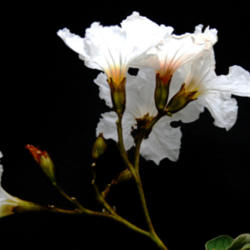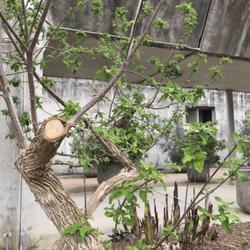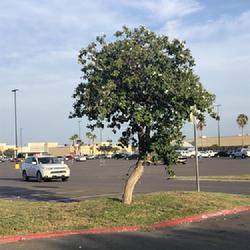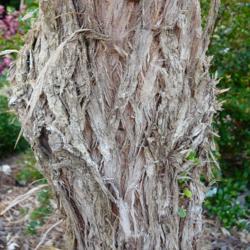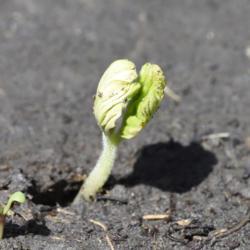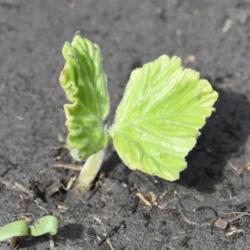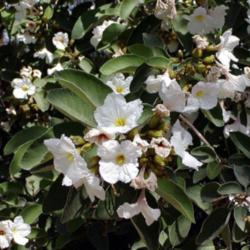| Plant Habit: | Shrub Tree |
| Life cycle: | Perennial |
| Sun Requirements: | Full Sun |
| Minimum cold hardiness: | Zone 8b -9.4 °C (15 °F) to -6.7 °C (20 °F) |
| Maximum recommended zone: | Zone 10b |
| Plant Height: | 10'-25' |
| Plant Spread: | 15'-30' |
| Leaves: | Evergreen Semi-evergreen Deciduous Other: Semi-Evergreen at 30 degrees; Loses leaves at 27 degrees |
| Fruit: | Edible to birds |
| Flowers: | Showy |
| Flower Color: | White |
| Flower Time: | Late winter or early spring Spring Late spring or early summer Summer Late summer or early fall Fall Late fall or early winter |
| Suitable Locations: | Xeriscapic |
| Uses: | Flowering Tree |
| Edible Parts: | Fruit |
| Wildlife Attractant: | Bees Birds Butterflies Hummingbirds |
| Toxicity: | Other: Fruit may be mildly toxic to humans |
| Propagation: Seeds: | Sow in situ Can handle transplanting Other info: Fresh seed preferred; develops tap root - in situ sowing best, but can be transplanted before extensive tap root development |
| Propagation: Other methods: | Cuttings: Stem |
| Containers: | Not suitable for containers |
| Miscellaneous: | Monoecious |
